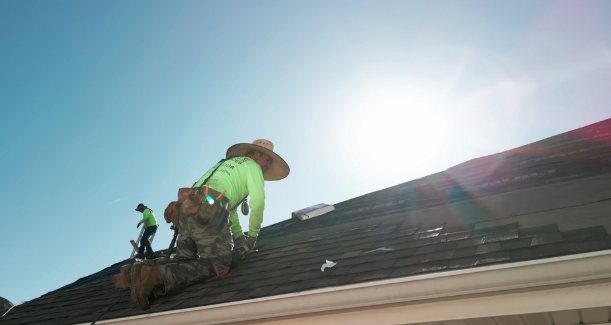As someone who is interested in maximizing tiny spaces, you must understand that each square foot of your home is precious. A living space can never be too small, but quite the contrary – it can always be better optimized. In recent years, innovative solutions have revolutionized the concept of tiny living. Whether via a mobile van life or compact city living, these clever adjustments are defining a new wave of modern, efficient lifestyles.
Problem: Plumbing in Tiny Spaces
When optimizing tiny spaces, one issue that you may encounter often has to do with installing an efficient plumbing system. The task is far beyond the routine sink-to-drain connections seen in conventional homes. In this case, limited capacity and the need for flexibility make planning and careful installation crucial. Should you find yourself tangled with complex online reviews while trying to make a selection decision, refer to the Dan’s Plumbing TrustPilot page for customer feedback and insights to help narrow down your choices.
Understanding Tiny Space Challenges
You must comprehend that tiny space challenges are not just physical limitations but also involve legal and technical intricacies. While residential codes vary by region, many areas feature legislation surrounding adequate provision of water, sanitation facilities and means of disposal. Meeting these while keeping with your minimalist design necessitates creative solutions.
Popular Tiny Space Trend
One of the most significant trends in tiny living has been the adoption of RVs and shipping containers into comfortable homes. These effectively utilize the available space by incorporating fixtures like wall-hung toilets and space-saving sink-and-cabinet combos. Compact appliances underpin energy efficiency while simultaneously reinforcing practical aesthetics.
Basic Plumbing Solutions
A problem-solving mindset is key when setting up your plumbing system in a small living area. Exploring various sustainable disposable systems such as composting toilets can play an instrumental role; these units are not only compact but also eco-friendly. Equally useful are point-of-use water heaters that supply hot water almost instantaneously without occupying much room.
Advanced Plumbing Solutions
The next level involves using advanced plumbing solutions which include greywater recycling systems that treat bath/shower/sink water for reuse – quite innovative and helps conserve water aside from its size benefits. Some people also incorporate a rainwater catchment system into their tiny houses which basically harvests rainwater for domestic uses.
Innovative Plumbing Technologies
Modern technologies have extended well into the realm of plumbing applications to address our current needs for space-saving options amid the surge in small living trends. Noteworthy among these are smart devices like Wi-Fi-enabled leak detectors that save both space and water by triggering alerts at the slightest sign of leakage.
Comparing Traditional and Tiny Plumbing
Tiny plumbing varies significantly from traditional setups primarily because the latter relies on standard-sized fixtures meant for spacious homes rather than confined areas. For instance, normal pipes are oversized for little spaces hence decreasing functional square footage. On top of that, traditional plumbing setups are usually designed for permanent installations unlike tiny house plumbing which should ideally offer mobility.
Importance of Efficient Plumbing
Efficient plumbing doesn’t merely end at saving space; it stretches out into aspects like energy conservation, reduced maintenance costs, and improved functionality in your home setup. By following best practices during installation and properly choosing your equipment based on size requirements and power consumption you will achieve an enduring solution.
DIY or Professional Services?
Your choice between DIY and professional services could depend on factors like budgetary constraints versus service quality considerations respectively. Do-it-yourself setups may lower initial expenses but lack comprehensive warranties often accompanying professional services; missteps can lead to costly repairs later on.
Upholding Long-term Efficiency through Routine Maintenance
Making an investment in consistent upkeep can boost the long-lasting efficiency of your plumbing setup. Keep in mind that regular usage might potentially result in wear and tear, thereby escalating the odds of mechanical breakdowns and obstructions. Addressing these issues promptly can minimize the severity of problems while simultaneously lengthening the lifespan of critical components. This effort not only saves you money on replacement costs but also bolsters living standards by ensuring a pleasing and convenient residential environment.
Monitoring Progression in Plumbing
Keep close tabs on technological advances and sustainability in future plumbing trends. Notable developments include sensor-fitted appliances and environmentally friendly options that boost water efficiency and reduce waste. Staying on top of these changes lets you be part of the larger sustainability efforts. Stay current with market shifts to dynamically adapt your living conditions accordingly.
Wrapping Up
Getting the most out of your living space hinges on effectively integrating efficient sanitary systems. Such solutions foster a seamless blend of functionality and aesthetics. The shift from traditional to innovative housing demands adaptability and resourcefulness. Acknowledging the value of careful planning, appropriate investment, and regular upkeep pays dividends in savings, comfort, and a rewarding, well-crafted lifestyle.







